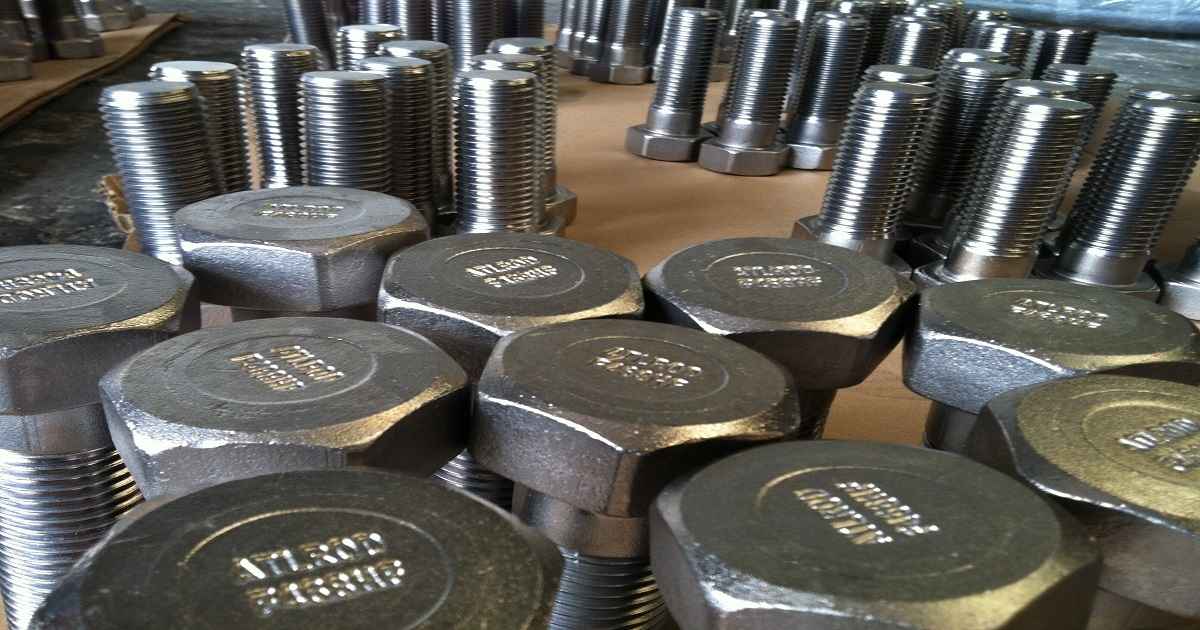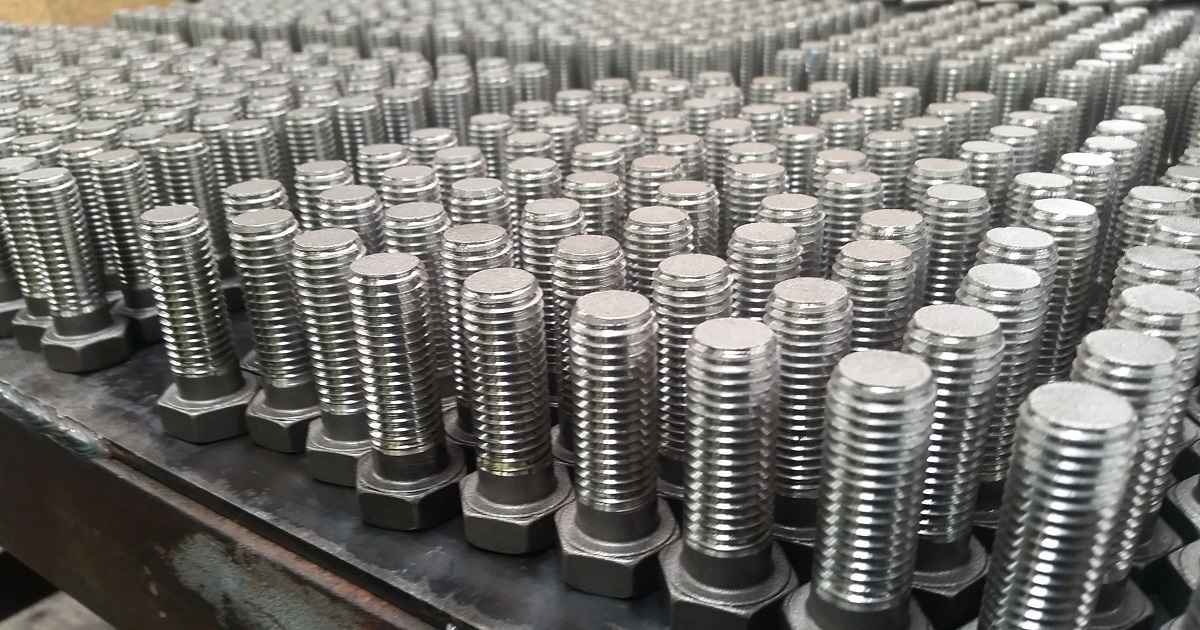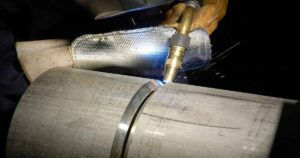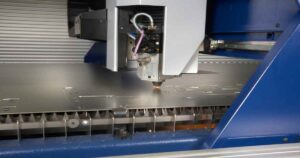When was Stainless Steel Invented
The Invention of Stainless Steel: A Historic Overview
When was stainless steel invented? This question marks the beginning of a journey into a remarkable chapter in the history of materials science. Stainless steel, known for its corrosion resistance and strength, has become a cornerstone in modern manufacturing and design. Its story is one of ingenuity and evolution, reflecting the advancements of an era eager for innovation.
Early Beginnings: A Quest for Durability
The tale of stainless steel begins in the late 19th and early 20th centuries. Metallurgists were on a quest for a material that could resist corrosion while maintaining strength and durability. This search led to various experiments with chromium and steel alloys.
Harry Brearley and the Birth of Stainless Steel
In 1913, Harry Brearley of Sheffield, England, made a groundbreaking discovery. While experimenting with different steel alloys to improve gun barrels, he created a steel with 12% chromium content. This alloy did not corrode or rust as easily as others, marking the birth of what we now know as stainless steel.
Stainless Steel’s Impact on the World
The invention of stainless steel revolutionized multiple industries. From the construction of iconic landmarks to the development of kitchen utensils, surgical instruments, and even aerospace components, its impact is far-reaching. The material’s unique properties opened up new possibilities in engineering and design, proving to be a game-changer.
Advancements and Modern Applications
Over the years, stainless steel has seen numerous advancements. Various types and grades have been developed, each tailored for specific uses. Today, its applications are ubiquitous, ranging from household appliances to large-scale architectural projects.
The Legacy Continues
As we look back at the question, “When was stainless steel invented?” we find more than just a date. We find a story of human endeavor, a narrative of how a single invention can shape the world. Stainless steel is not just a material; it’s a testament to the power of innovation and its enduring impact on our lives.
From Sheffield to the World: The Spread of Stainless Steel
After Harry Brearley’s initial discovery, the knowledge and use of stainless steel began to spread rapidly. By the 1920s, the material had found its way into various applications, far beyond the gun barrels that Brearley initially intended to improve. This period marked a significant shift in industrial materials, as stainless steel started replacing traditional metals in many sectors.
The Era of Stainless Steel: Transforming Industries
The mid-20th century witnessed a surge in the use of stainless steel, fueled by both World Wars. The demand for durable, corrosion-resistant materials in military equipment, vehicles, and infrastructure led to innovative uses of stainless steel. Its role in the war effort was crucial, and post-war, this transitioned seamlessly into peacetime applications.
Revolutionizing Architecture and Construction
One of the most visible impacts of stainless steel was in architecture. The material’s strength and aesthetic appeal led to its use in iconic structures like the Chrysler Building in New York City. Its resistance to weathering and corrosion made it ideal for exterior cladding and support structures, revolutionizing the way buildings were designed and constructed.
Advancements in Medicine and Healthcare
The medical field also benefitted immensely from stainless steel. Its hygienic properties and resistance to sterilization processes made it perfect for surgical instruments, implants, and hospital equipment. This transition to stainless steel in medical devices marked a significant advancement in patient care and surgical techniques.
Stainless Steel in Daily Life
Beyond these grand applications, stainless steel found a place in everyday life. Kitchen appliances, cutlery, and cookware made from stainless steel became household staples due to their durability and ease of maintenance. The material’s resistance to rust and staining made it an ideal choice for utensils and appliances that came into regular contact with food and water.
The Future of Stainless Steel: Innovation Continues
Today, the journey of stainless steel is far from over. Researchers continue to develop new alloys and treatment methods to enhance its properties. The focus is on making it more sustainable, stronger, and more adaptable to a wide range of uses. From eco-friendly manufacturing processes to innovations in recycling, the story of stainless steel is continuously evolving.
A Material that Changed the World
In conclusion, asking “When was stainless steel invented?” opens the door to a rich and ongoing story of innovation. From its accidental discovery in a Sheffield laboratory to its global impact across various industries, stainless steel remains a symbol of progress and adaptability. Its invention not only transformed the material world around us but also paved the way for future innovations in science and engineering.
This exploration into the history and impact of stainless steel reflects its importance not just as a material, but as a key player in the narrative of human advancement. Its story is a powerful reminder of how curiosity, experimentation, and innovation can lead to discoveries that reshape our world.













